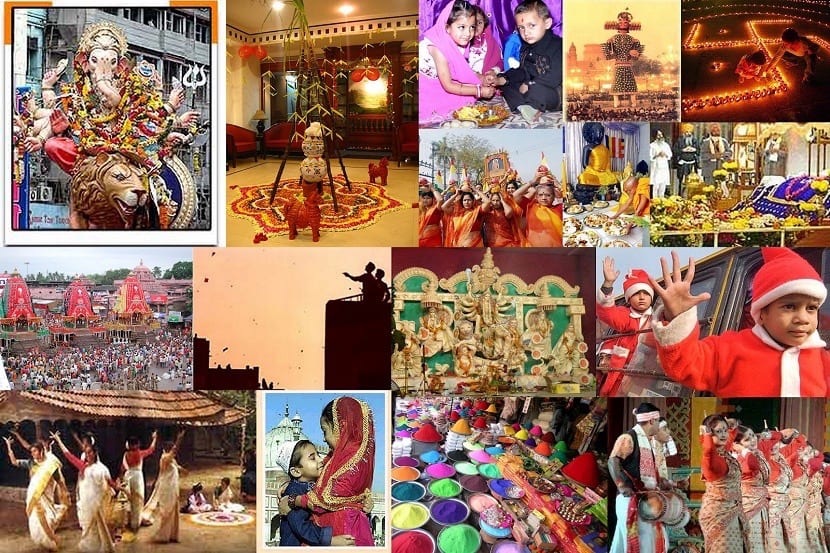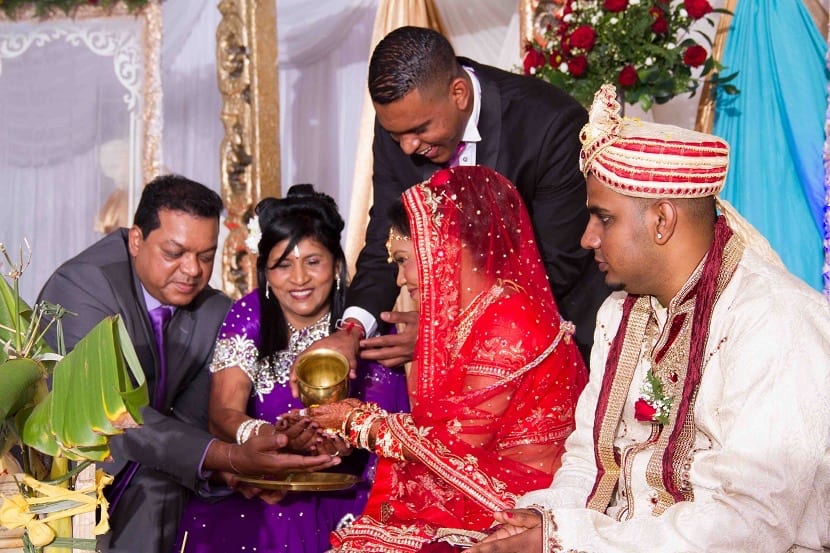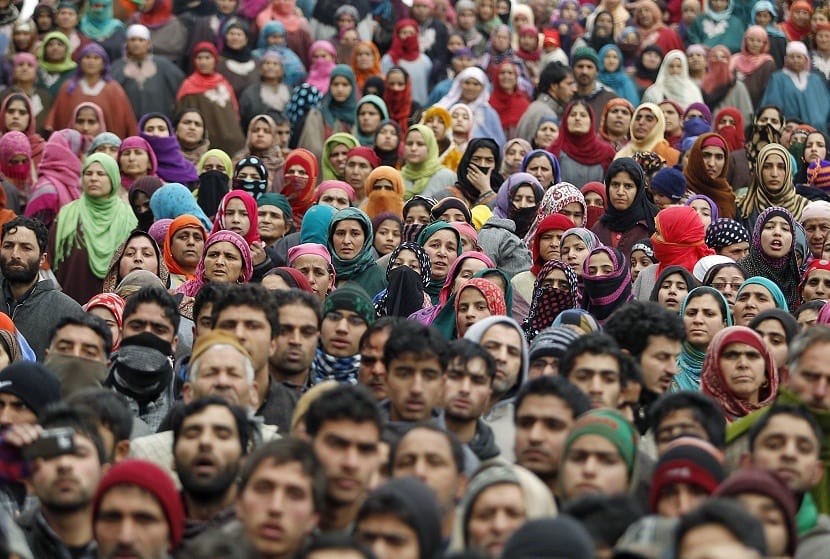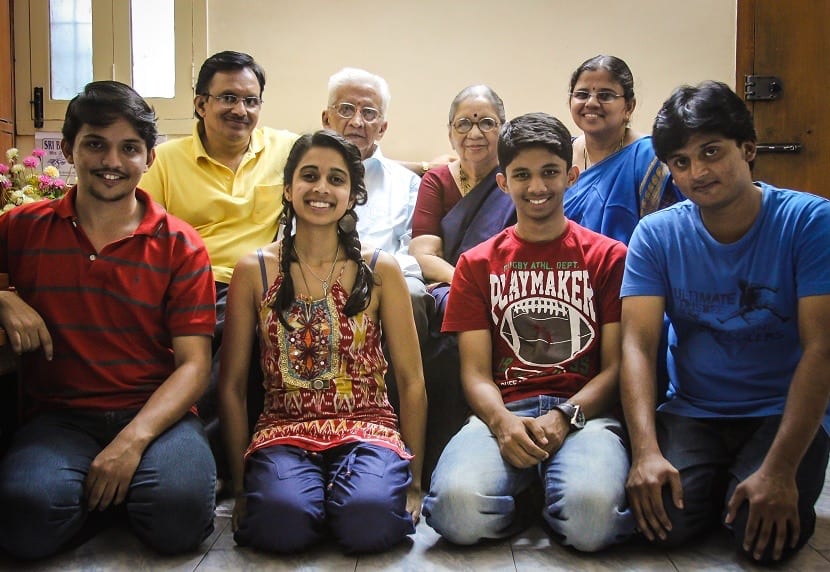
Like many countries of ancient cultures, deep traditions and unknown present, India generates in the visitor mixed feelings of admiration, beauty, luxury and comfort while not understanding the contradictions of its culture, its confusing streets, and that certain snub to the material that clashes extraordinarily with the luxuries perpetuated in palaces and buildings.
Time in India
Space, time and property are concepts that Hindus use in different ways than Westerners and that they do not intend to change despite entering a modernity similar to foreign in many respects and that must be understood by the visitor to enjoy full respect, from a purer look at the way of life of the great country.
Religion as a way of life
Religion, which in other countries has become something of less impact on society, in India maintains a privileged role in which more than a faith, it is a complete way of life.
Interculturality among its people

Another important element that marks the character of its people is the incredible mosaic of deeply felt races, cultures and religions that coexist and make up the country. Blacks, whites, yellows, reds, Buddhists, Muslims, Christians, Jains, Sikhs, and many more make up a society with about 15 language areas across the country.
Caste system
Society continues to live according to the old rigid caste system in which each person is included in a group according to the work they do for society. This classification has become slightly more flexible today due to the characteristics of industrialization and modernity, in which, for example, everyone mixes in public transport.
Daily inequality
But although India is a political democracy, notions of equality are rarely evident in everyday life. The social hierarchy is evident from the caste group between individuals and families. Castes are primarily associated with Hinduism, although there are also Muslims, Indians, Christians, and other religious communities. People's behavior has a lot to do with social position.
Wealth and power
People are also classified according to their function of wealth and power. For example, men of power sit in chairs while others must squat or stand and cannot dare to sit next to a man of high status as an equal.
The hierarchy in the family
Hierarchy also plays an important role within families and kinship groups, where men outnumber women of the same age and older relatives are above younger relatives.
Purity and contamination

Many of the status differences in Indian society are expressed through purity and contamination. They are complex notions that vary greatly between different castes, religious groups and regions of India. But generally, a high status is associated with purity and low contamination condition. Some kinds of purity are inherent, such as being a priest, someone who is born within the caste will have more caste than one who was born in low rank.
Purity can also be temporary, since it is also associated with a daily cleansing ritual such as bathing with flowing water, having clean clothes, eating only foods appropriate to the caste, avoiding contact with people of lower rank or with impure substances (bodily waste of others), etc.
Social interdependence
People are very close to the people in their circles and have a great sense of the inseparability of these groups. People get involved with others and one of the biggest fears is being left alone, without social support. Everyone is connected to everyone from the moment they are born.
Ban on meat
The city of Palitana in India has been the first city in the world in which the sale of animal meat or eggs for human consumption has been prohibited. Furthermore, breeding for consumption is also a crime. It has been achieved thanks to the fact that 200 Jain monks went on hunger strike to protest against the slaughter of animals that took place every day in the city. All living beings have the right to live and humanity has no right to be cruel to them just to satisfy their desires. This measure of the city becoming vegetarian is being praised by many people who follow Jainism, but on the contrary, it is being highly criticized by those who do not share it.
The family in India

The essential subjects of the cultural life of India are learned within the family. The joint family is highly valued and the ideal is that it consists of several generations so that they can all live together. Families are usually men related through the male line, along with their wives, unmarried sons and daughters. A wife normally lives with her husband's relatives, although she will continue to have very important ties to her native family.
The ties with the family are essential to be able to have a good job to be able to have good financial assistance.
Although the ancient ideal of the joint family retains great force, in modern Indian life there are nuclear families where a couple lives with their unmarried children but still has strong ties with the other members of the family. Relatives often live as neighbors, responding quickly to their kinship obligations whenever necessary.
As joint families expand they divide into smaller parts that grow into new joint families, following a perpetual family cycle.
These are some interesting facts about Indian society. But if you know more information that you want to share with us, feel free to do so by leaving us a comment!